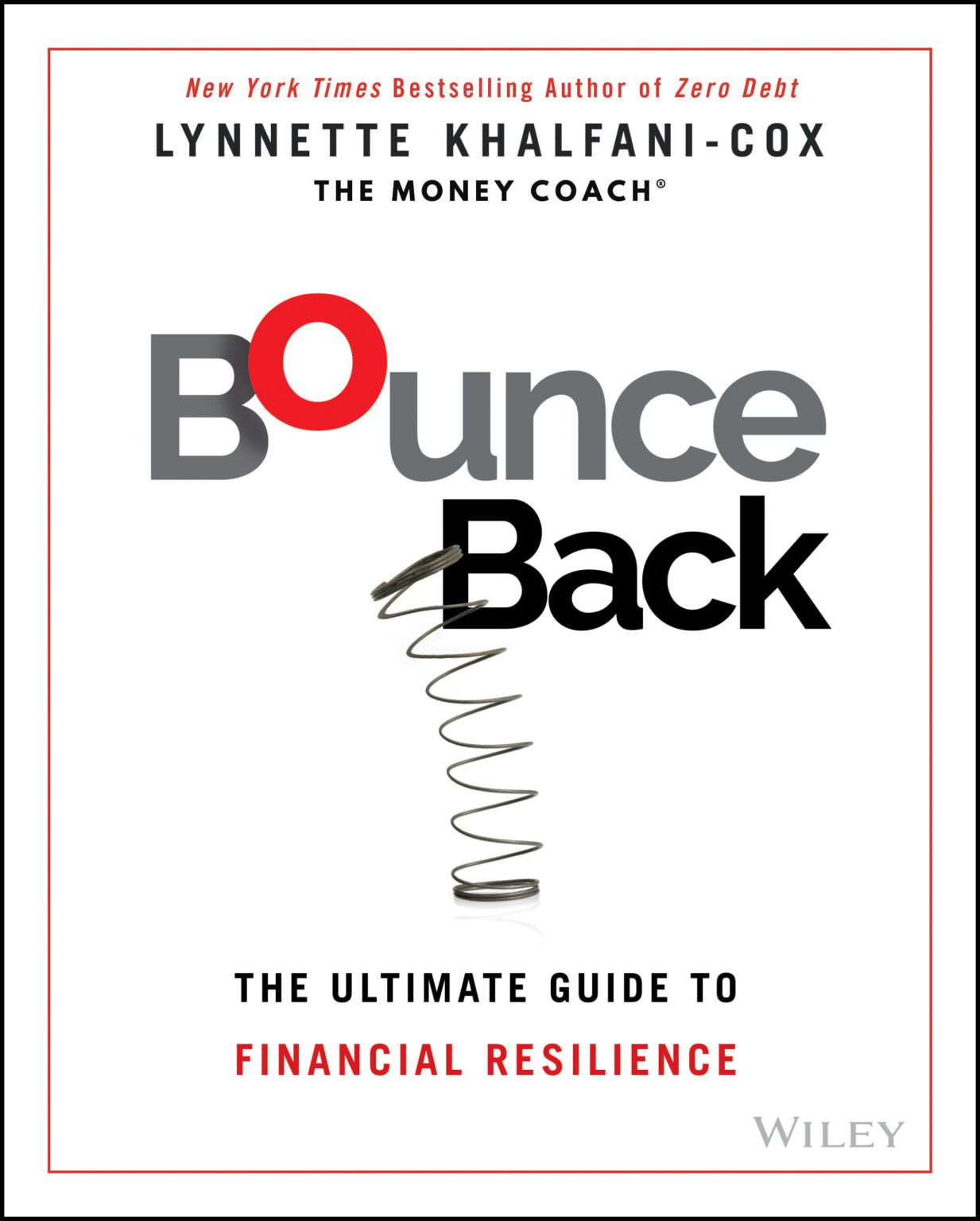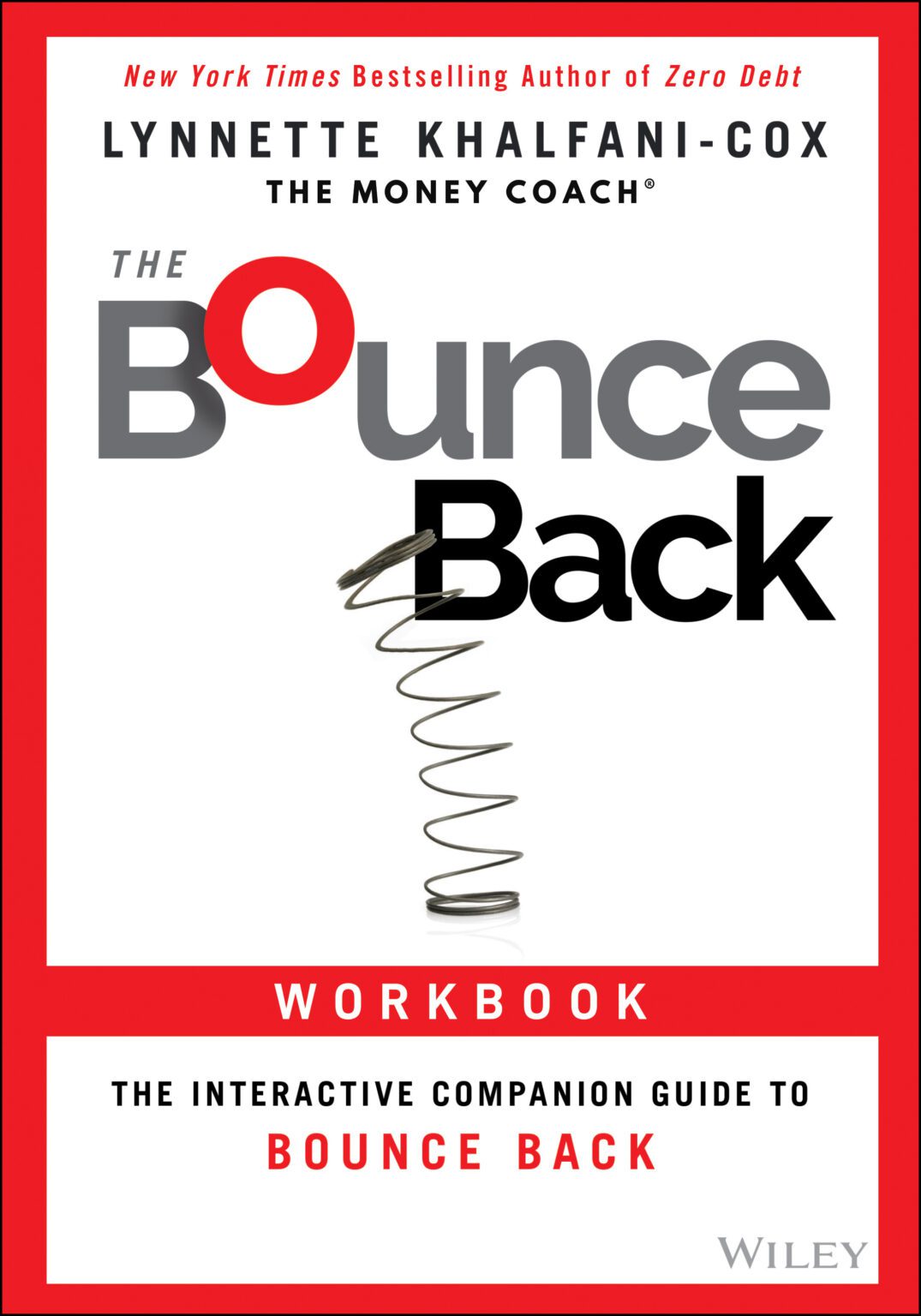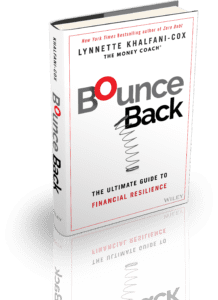Getting approved for a mortgage these days takes more than a sufficient down payment and having a good credit score.
To secure a home loan you also need to know how to communicate effectively with realtors, bankers, and other professionals in the real estate and mortgage industries.
Simply put: borrowers in today’s market will fare better in the home loan process if they can speak the language the pros speak. To help you do just that, here are five confusing mortgage terms you need to know.
-
LTV or Loan-to-Value Ratio
LTV stands for loan-to-value, as in loan-to-value ratio. When lenders describe their various loan products they’ll often specify that specific loans are capped with a certain LTV. For instance, a 30-year fixed-rate mortgage might have a 90% LTV. This means a borrower must put down at least 10% for a home purchase because the bank is only willing to issue a mortgage loan for 90% of the home’s value.
Some people get confused about the definition of LTV because they don’t compare the right things. To properly understand the loan-to-value concept, always think in terms of the maximum financing amount a lender will provide – that’s the loan part – and compare it to the appraised value of the property.
So if you’re buying a house worth $300,000 and getting a mortgage with a 90% LTV, the maximum the bank will loan against the residence is $270,000, and you need to come up with $30,000 down payment.
A loan with a higher LTV – such as a 95% loan-to-value ratio – means the lender is willing to be more aggressive, or more liberal in its lending guidelines. If you qualify, you only have to put down a 5% down payment (or $15,000 in the example above) because the lender is willing to provide a mortgage worth 95% of the home’s value.
Of course, the flip side is true as well: with a lower LTV of 80%, the bank isn’t willing to take as much risk. They want you to walk in the door with more equity because that protects their loan in the event of falling real estate prices. In this scenario, with an 80% LTV, you’d have to fork over a larger, 20% down payment (or $60,000) to get the deal done.
-
DTI or Debt-to-Income Ratio
DTI is an acronym that stands for your debt-to-income ratio. Before a lender will approve a home loan, that lender wants to know that you have adequate income to repay a mortgage. Lenders assess your repayment ability, in large part, based on your debt-to-income levels.
Banks vary in their requirements, but generally speaking, most lenders want your debt-to-income ratio to cap out between 43% and 46%. (Some will go higher, and allow your debt-to-income ratio to push as high as 50%. But DTIs in the 40s are most common).
So let’s say your annual salary is $60,000, or $5,000 per month. If a lender’s debt-to-income cap is 45%, your total debts can’t exceed $2,250 per month ($5,000 x .45). In calculating your debts, lenders will look at everything listed on your credit report that has to be paid off in 6 months or more, including credit card bills, auto loans, college debt and so son.
DTI can get even more complicated and confusing if you don’t know whether a banker is talking about “front end” DTI or “back end” DTI. Your front-end debt-to-income ratio is a comparison of just your housing costs compared to your income. Your back-end DTI refers to all your recurring bills, plus your housing expenses.
Again, most lenders want your overall, or back-end DTI to be under 46% or so. Front-end DTI requirements also vary, but most lenders’ guidelines fall in the 28% to 36% range.
-
Discount Points
If a mortgage lender asks you: “do you want to buy down the rate?” this refers to the “points” or “discount points” you can pay on a home loan. A point is equal to 1% of the value of your mortgage amount. So for a $250,000 mortgage, if you paid a point to cut your interest rate, you’d be paying $2,500.
Generally, the longer you plan to own the home, the more beneficial it can be to buy points, because you’ll net a great amount of interest savings over the life of the loan.
But you should always run the numbers to see what your break-even period might be. This will let you know how many months it would take you to recoup the amount you pay in points.
Example: if you did pay $2,500 in points and that got you a lower rate that cut your monthly payment by $100 a month, it would take you 25 months ($2,500 x $100) to make paying points worthwhile. If you planned to live in your house or to do a refinance mortgage in fewer than 25 months, it would be better to not pay any upfront points at your mortgage closing.
-
Conforming loans vs. Jumbo loans
After making mortgage loans, most lenders sell those loans to one of two government-sponsored entities: Fannie Mae or Freddie Mac. But under federal law, Fannie and Freddie can only buy single-family mortgages with origination balances that fall below a specific amount, called the “conforming loan limit.”
Thus, a conforming mortgage (also known as a “conventional” loan) is one that conforms to Fannie Mae and Freddie Mac guidelines, in terms of the size of the home loan and its characteristics. In today’s marketplace, most conforming loans can be a maximum of $417,000. A loan larger than that is considered a “jumbo” loan – because it exceeds Fannie Mae’s maximum loan size.
There are, however, high-cost sections of the country — like California, New Jersey, New York and elsewhere — where real estate prices are more expensive. As a result, loan limits in those areas are as high as $625,000, and even as much as $721,050 in Honolulu, Hawaii. Loan limits change annually.
While real estate prices are generally high in some areas of the country, such as California, New
Jersey, and New York, loan limits are also higher in those regions. For instance, in 2023, loan limits in those areas can reach as much as $970,800, which is the maximum amount a borrower can take out on a conforming loan without going into jumbo loan territory. In Honolulu, Hawaii, the loan limit can be as high as $1,233,550. These limits are updated annually to reflect changes in housing prices.
Although conforming jumbo loans surpass the standard loan limit, Fannie Mae and Freddie Mac still purchase these mortgages from lenders because they adhere to underwriting standards for high-cost US counties. For FHA loans and “conforming jumbo” loans exceeding $970,800, lenders may still provide them based on their own lending standards. Jumbo loans can be as high as $10 million, provided the borrower meets the lender’s criteria for cash, credit, and other requirements.
5. Rate lock
Mortgage rates fluctuate daily, based on a host of factors. So when apply for and select a home loan, you’ll typically have the option to do a “rate lock” or “lock in” the interest rate offered by a mortgage lender.
You usually have to pay a fee to lock in your rate. But it can be worth it, if you’re in a rising interest rate environment or if you’re worried about rates shifting significantly during the 30, 60 or 90 days it might take to close your loan.
In essence, with a rate lock, a lender is offering you a guarantee that you’ll get a specific interest rate and points when your loan closes.
The longer a rate lock lasts, the more expensive it usually is for the borrower, in terms of a higher interest rate. Conversely, a rate lock that’s shorter in duration usually carries a lower interest rate. The trick is finding the right time-frame, though, because if you lock in your rate for a relatively brief period – such as 15 or 30 days – and your loan doesn’t close for any reason within that time, then you have to pay additional costly rate-lock extension fees.
Since a mortgage is likely to be one of the largest financial transactions you’ll ever make, be sure you understand everything – including the mortgage terms described above – before signing on the dotted line for any home loan.








